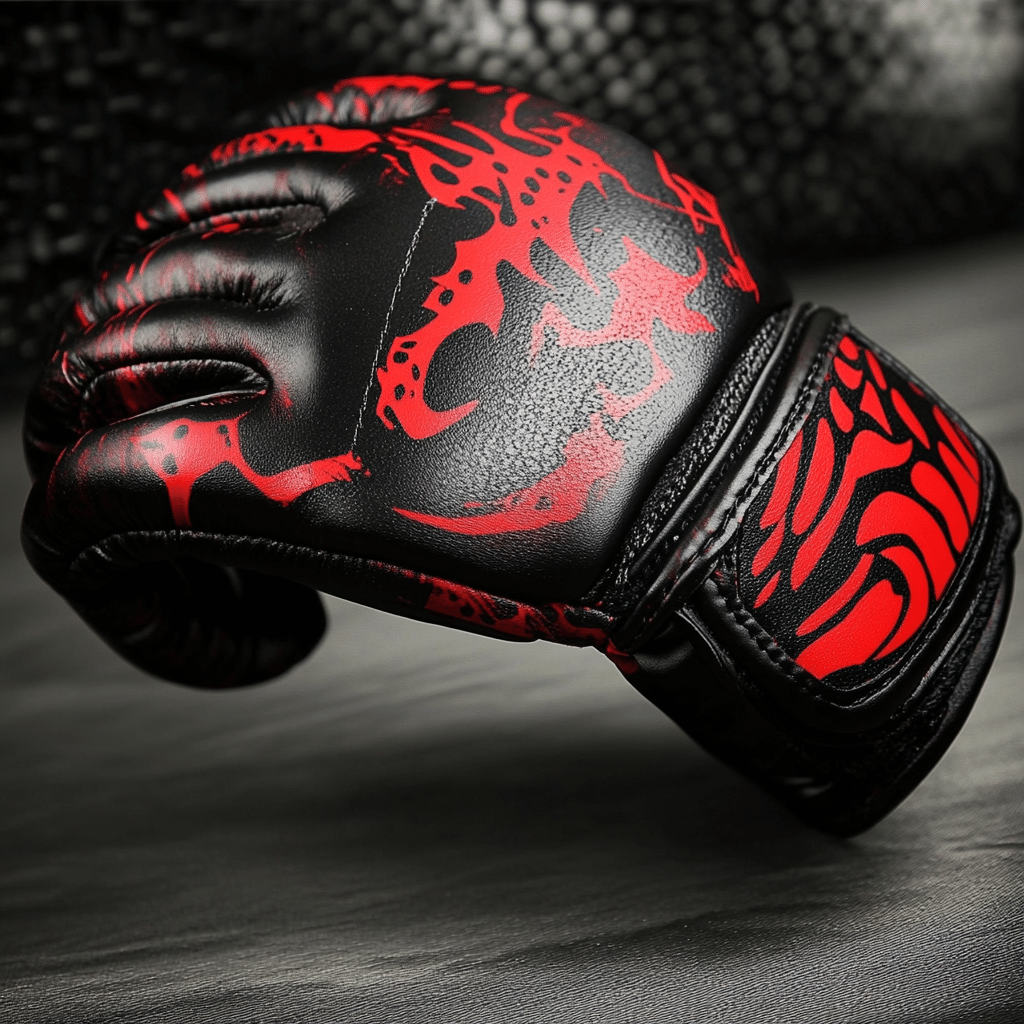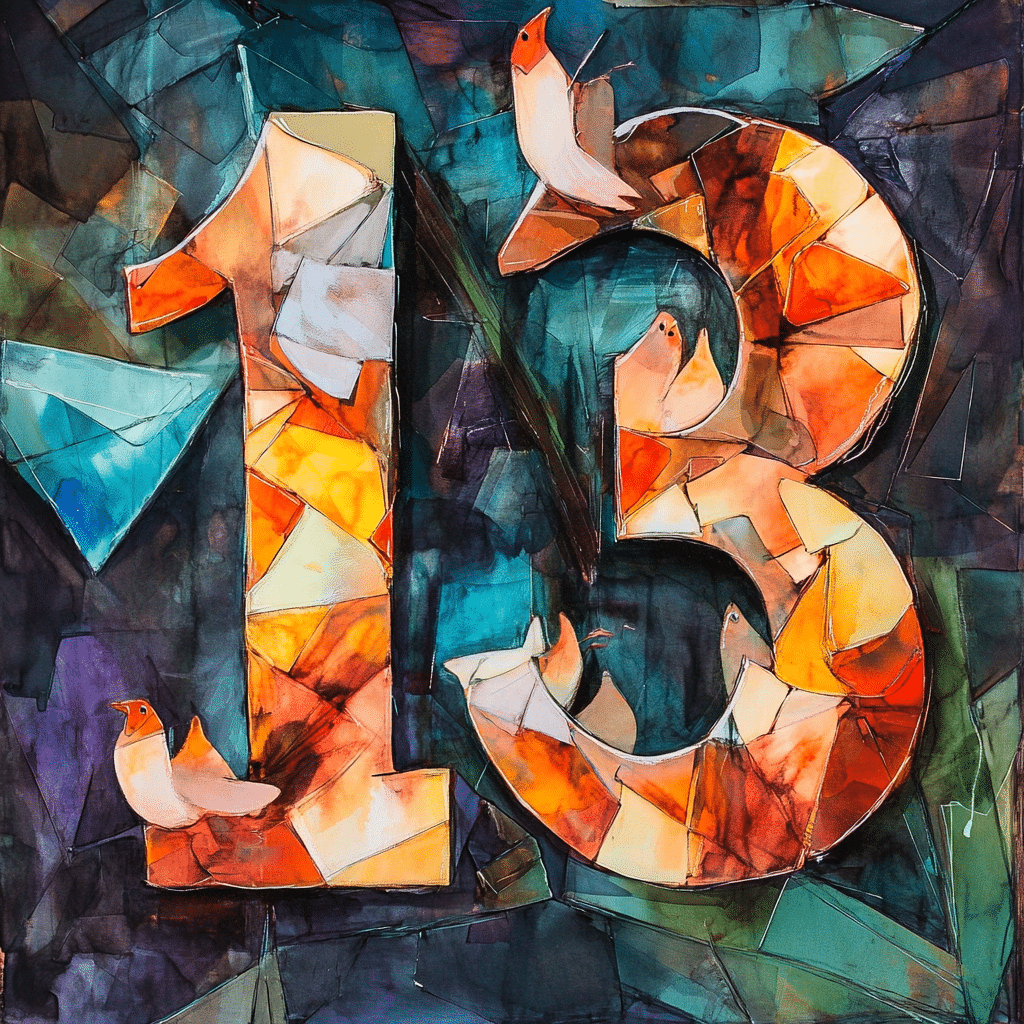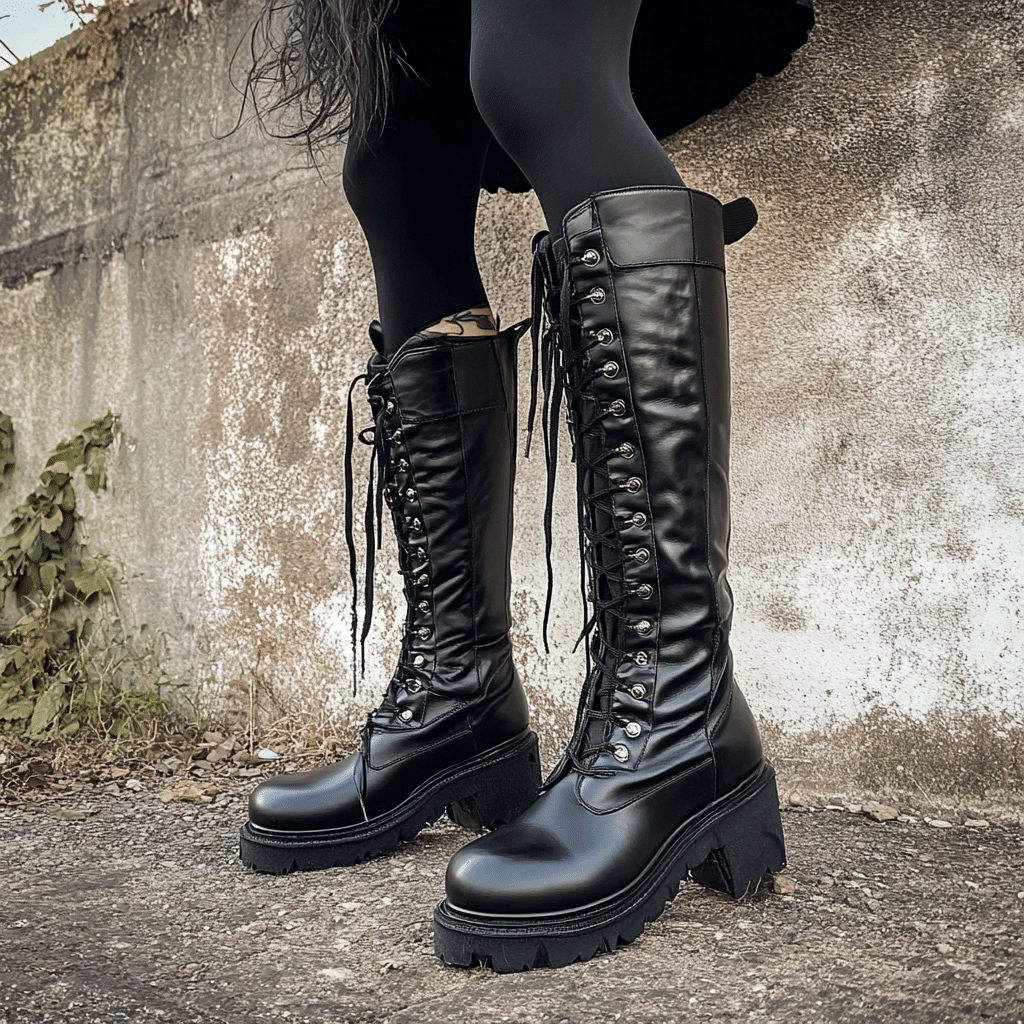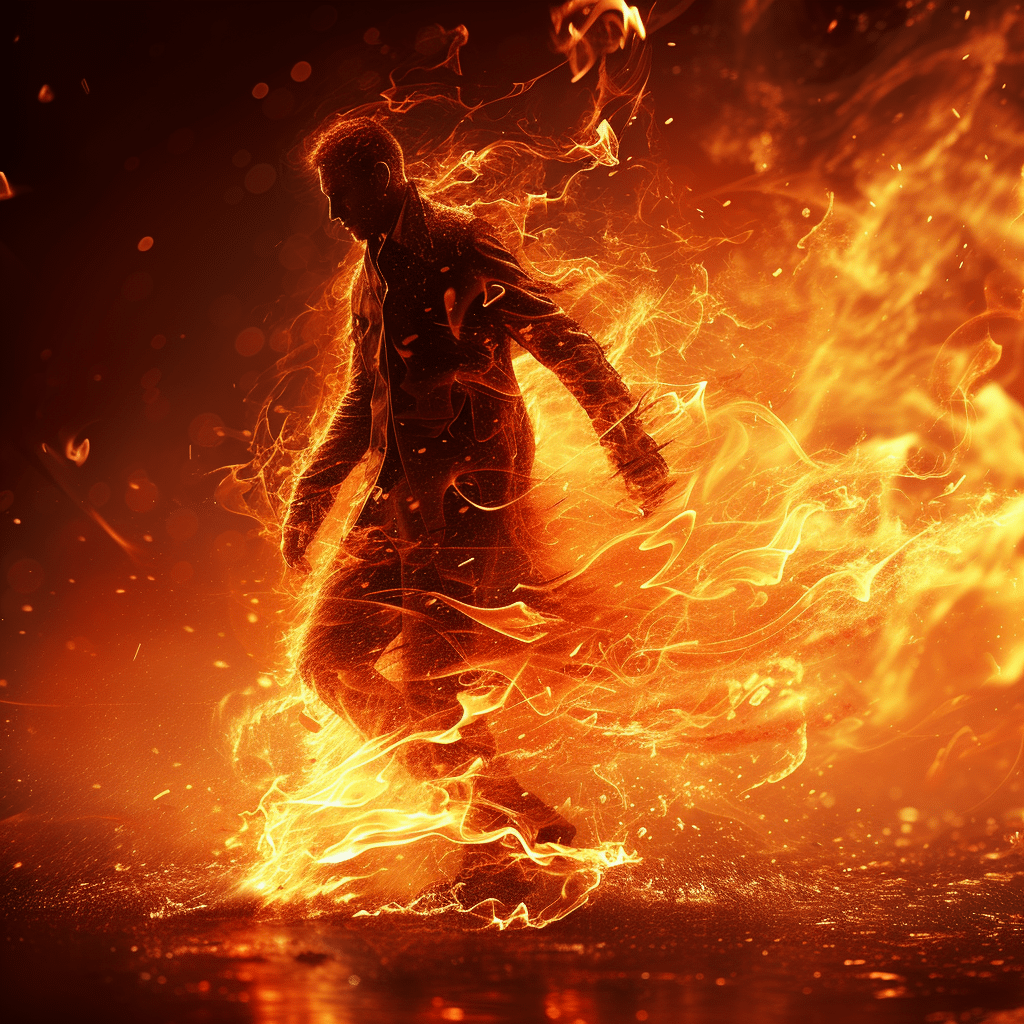The entertainment landscape has always reflected a tango between creative expression and societal norms, with the dance floor often cordoned off by the velvet ropes of censorship. When MTV cha-cha’ed onto the scene in the 1980s, it didn’t just give music a new dimension; it also became the arbiter of what was deemed acceptable for the viewing public. Today, we’re diving deep into the controversial waters of videos banned by MTV and how these moments of censorship have resonated through the music industry and beyond. Hold onto your hats, folks, because things are about to get scandalously informative.
Exploring the 5 Most Shocking Video Banned Cases
MTV was the rebel child of the ’80s, flipping the script on how we consumed music and became the cultural compass for a generation. It was all thrills and frills until the question of moderation peeked in, changing MTV from being just a visual jukebox to a guardian of public morality. The channel has had a fascinating journey, tweaking its policies to align with the times. Videos banned by MTV weren’t just about keeping the airwaves clean; they reflected complex societal values and sometimes shifted norms.
Surprisingly, the first music video outrightly banned by MTV was Mike Hodges’ short for Queen’s 1982 song ‘Body Language’, setting a precedent for what would become a series of controversial decisions. Why videos get banned is often a cocktail of factors—sexuality, violence, political messages, you name it. Wearing the shoes of a moral watchdog in a world buzzing with different values is certainly no cakewalk.

Unveiling the Controversy: Madonna’s “Justify My Love”
When you mix Madonna’s potent blend of sensual expression with MTV’s platform, sparks will fly, and they did, in 1990. “Justify My Love” sauntered onto the screens oozing with sexual innuendo and blurred gender lines, and MTV said, “Nope.” The video depicted scenes of sadomasochism, voyeurism, and bisexuality—daring for its time and enough to get it banned, igniting a media inferno.
The outcry was a spectacle, with some raising their pitchforks against the decision and others nodding in staunch agreement. Madonna, the quintessential envelope-pusher, spun the narrative, turning the ban into a successful VHS sale, reminding everyone that sometimes, the forbidden fruit does sell better.
The video banned signaled the need for a conversation between music, visual art, and censorship. It posed a critical question: where do we draw the line, and who gets to hold the pencil?
| Video Title/Type | Reason for Ban | Banning Entity | Date of Ban |
| Queen – ‘Body Language’ | Sexual content | MTV | 1982 |
| [Various Videos] | Extreme violence | Various countries | Various Dates |
| [Political Content] | Censorship of dissent | Authoritarian regimes | Ongoing |
| [User Uploaded Content] | Copyright violation | YouTube, Vimeo, etc. | Continual Process |
| [Specific Movie or Show] | Cultural/Religious sensitivities | National censors | Dependent on case |
| [Educational Content] | Misinformation | Social media platforms | Post 2020 |
| [Deepfake Videos] | Privacy violation & disinformation | Social Media & Govs. | Increasing post-2021 |
Pearl Jam’s “Jeremy” and the Limits of Storytelling
Storytelling in music videos can hit hard—none more so than Pearl Jam’s “Jeremy.” Released in 1992, the video paints a grim picture of a troubled youth, culminating in an implied violent act at his school. The unflinching portrayal of bullying, isolation, and the horrific crescendo crossed a line for MTV, which chose to ban the uncensored version.
Specific scenes, like the haunting image of Jeremy with a gun in his mouth, were deemed too intense for viewers. The ban itself served as a lightning rod for debates on gun violence and mental health, making “Jeremy” both a cultural landmark and a beacon for social issues.
It was an eruption that brought to light the responsibilities and burdens of artists in addressing sensitive subjects. The video’s ban was a watershed moment, making it clear that the pain of reality was sometimes too graphic, even for the liberal screen of MTV.

Beating Around the Bush: The Dixie Chicks’ “Goodbye Earl”
Country music has its own tales of rebellion, and The Dixie Chicks’s “Goodbye Earl” strummed a chord that resonated far and wide. The video, featuring a toe-tapping tale of friends taking revenge on an abusive partner, smacked right into the hornet’s nest of controversy and got slapped with a ban, raising eyebrows and a storm of commentary.
The song’s message hit like a ton of bricks—domestic violence and female empowerment, encased in a catchy tune. The video, with its quirky, dark humor, balanced on a knife’s edge, dividing audiences and critics alike. This was more than just a tune; it was a rallying cry that reverberated through the halls of music and gender politics with unapologetic boldness.
The intolerance for conveying such a contentious theme through a music video mirrored societal discomfort with confronting ugly truths head-on, especially in the typically conservative genre of country music.
M.I.A.’s “Born Free”: Censorship in the Name of Political Sensitivity
Imagine a music video so steeped in political allegory that it sends shivers down the establishment’s spine. That’s M.I.A.’s “Born Free.” The 2010 release was unapologetically graphic and confrontational, tackling themes of genocide and oppression, leading to its swift banning by MTV.
In a world increasingly sensitive to geopolitical issues, “Born Free” was like throwing a lit match into a powder keg. The stark imagery of military violence and the brutal treatment of red-haired individuals as a stand-in for marginalized groups were meant to shock and provoke thought.
The banning of “Born Free” threw open the floodgates for debates on artistic freedom versus political correctness, abundance of caution versus courage in storytelling. M.I.A.’s work was a reminder that music videos could be more than entertainment—they could be stark, uncomfortable mirrors reflecting the harsh realities of our times.
The High “Cost” of Provocation: Rammstein’s “Pussy”
Fasten your seatbelts, we’re cruising into scandal territory with Rammstein’s “Pussy.” Known for their overtly provocative style, the German metal band rolled out a video in 2009 that took explicit content to a new frontier, leading to an inevitable ban from MTV.
“Pussy” purposely blurred the lines between a music video and an adult film, raising questions about what shock value really means in art. Seen as flagrant and lewd, this video banned by MTV not only crossed the line but did the cha-cha on it, prompting discussions about the boundaries of taste and the potential motivations behind such brazen provocation.
Challenging censorship standards, “Pussy” had a clear message: in an age where the internet reigns supreme, the rallying cry of “ban one, exhibit everywhere else” was heard loud and clear. Rammstein demonstrated that a video banned by traditional channels like MTV could still find its niche—or flood it—in the lawless and unregulated corners of cyberspace.
Conclusion: Reshaping Art and Society Through the Power of the Banned Video
As the final record spins to a halt on our tour of MTV’s most shocking bans, we’re left to mull over the notion that when art is suppressed, its impact can reverberate even louder through the chambers of public opinion. Despite the initial silencing, videos banned by MTV have often garnered a paradoxical infamy that amplifies the artists’ messages and solidifies their place in entertainment history.
The videos we’ve explored today serve as a potent reminder of how censorship can inadvertently thrust artists into the spotlight and act as a bellow fanning the flames of their underlying messages. They’re seismic shifts that blur the lines between tastefulness and artistic freedom, between regulation and rebellion.
In our hyperconnected digital era, where every banned video becomes a badge of honor, we see the redefinition of the relationship between creative expression, censorship, and media consumption. It’s a high-definition, full-color conversation that serves as a pulse check for our collective values—always evolving, always ready for the next big hit or the next big ban. So, here’s to the renegades, the visionaries, and the provocateurs who keep the dance between art and censorship forever lively and forever crucial to the heartbeat of society.
The “Video Banned” Hall of Fame: Unveiling the Underground World of Music Television
When it comes to music videos that have gotten the cold shoulder from MTV, we’re diving deep into some trivia that’ll knock your socks off—some of it’s as unexpected as spotting The rock turtleneck at a summer barbecue!
The Mystery of Misbehaving Videos
Well, butter my biscuit, did you know that some videos were too hot to handle, even for the wild world of MTV? It’s like they were playing a risky hand of Vegas 7 and ended up with a bust. These controversial pieces often featured content that made the censors go “Nope” faster than you can say fall Sweaters in the middle of August.
One nifty fact for y’all is that while these videos were yanked faster than a rabbit in a magician’s hat, they actually boosted the artists’ street cred. Getting your video banned was like a badge of honor—sort of the same thrill folks get from discovering cheap Hobbies that turn out to be outrageously fun. These artists had found a loophole to the MTV mainstream, and boy, did they milk it for all it was worth.
Banned but Not Forgotten
Hang onto your hats, because some of these renegade videos could probably pay the mortgage on a business rental property with the buzz they created. Take the Voto para la Mujer quarter for instance—it’s all about making a statement, and these banned videos were the quarters jingling loudly in the piggy banks of rock history.
Now, huddle up, because the whispers from the grapevine indicate that some of these clips were considered as groundbreaking as the satirical punch of Cb4. They challenged norms, pushed boundaries, and maybe stepped on a few too many toes with the mucky-muck bigwigs of broadcasting.
Going Green but Not with Envy
Now, don’t go thinking it was all about shock and awe. Some bans were simply about being too ahead of their time, like trying to introduce Viridian green into a world where everything was black and white. These video pioneers stirred the pot and set the stage for the multi-hued music culture we relish today.
So, next time you’re thumbing through the annals of music video history, take a sec to tip your hat to the outlaws and avant-gardists who made MTV a little nervous. Their “video banned” saga isn’t just a slice of music trivia—it’s a full-on feast that keeps on giving to culture connoisseurs, just like you and me.

What is mean by banned?
– Well, y’know how your mom tells you not to touch the cookie jar? It’s kinda like that, but more serious. “Banned” is when something’s a no-go, completely off-limits, often by law or official rule. For example, as of January 24, 2024, a ban means you can’t sell, do, or even flaunt whatever’s been given the red light. It’s like someone’s put up a giant “DO NOT ENTER” sign.
What was the first video banned by MTV?
– Here’s a juicy tidbit for ya: MTV got all high and mighty and decided to outright ban its first video on December 28, 2022. The video in question? None other than Queen’s “Body Language”. Apparently, the raunchy moves and skin show were too hot for TV!
Does ban mean illegal?
– Oh, “ban” and “illegal” are cousins, but not quite twin siblings. A ban is an official thumbs-down, stamping something as a no-no, usually backed by some rule or law. So, if something is banned, you’re crossing into the danger zone if you ignore it. While it often means illegal, sometimes it’s just within certain contexts or scopes, like a school or TV network.
When something is banned is it illegal?
– Alright, let’s break it down: when something gets the boot and is banned, it’s marching into illegal territory under the particular system that put the kibosh on it. Say cheese to the camera, cause you might just be posing for a mugshot if you’re caught ignoring a ban!
What Queen song did MTV ban?
– Oh, the rock gods Queen got snagged by the ban hammer on MTV for their “Body Language” tune. A little too much hip-shakin’ and not enough clothes for the suits over at MTV, it seems. Now it’s a slice of music and TV history!
Does MTV allow cursing?
– Listen, MTV isn’t some wild west saloon; they’ve got a rep to protect! They allow a few spicy words to slide here and there, but there’s a fine line. Drop too many F-bombs, and you can bet they’ll hit the bleep button faster than you can say “censorship.”
Did MTV ban black artists?
– Hold up, let’s set the record straight: MTV has had its share of controversies, but explicitly banning black artists goes against the grain of its history of promoting diverse music. There have been debates about representation, sure, but it’s a more nuanced convo than a simple “yes” or “no.”
What is another word for banned mean?
– So you’re fishing for a synonym, huh? Try “prohibited” on for size. It’s like “banned” threw on a fancy costume and strutted into a thesaurus. You get the same vibe: not allowed, full stop.
Is banned the same as blocked?
– Now, “banned” and “blocked” are like cousins in the family of “not happening.” Banned is more “you shall not pass” generally, while blocked is like a bouncer at a club’s door saying you’re not on the list for this particular party. Same party-poopin’ spirit, different address.
What is an example of a ban?
– Picture this: your city says “no more plastic bags at grocery stores.” Boom, that’s a ban – a real renegade move to kick those pesky plastics to the curb and give the environment a high five.
Does bans mean money?
– Money, bans, same thing? Oh, you’re barking up the wrong tree there, buddy! Bans have nothing to do with cashola, dinero, moolah—unless it’s costing you a fine for breaking them! But nope, “bans” isn’t slang for money, not in any wallet I’ve seen.





















